For three decades we’ve covered many amazing basketball characters, but some stand above the rest—not only because of their on-court skills (though those are always relevant), but because of how they influenced and continue to influence basketball culture, and thus influenced SLAM. Meanwhile, SLAM has also changed those players’ lives in various ways, as we’ve documented their careers with classic covers, legendary photos, amazing stories, compelling videos and more.
We compiled a group of individuals (programming note: 30 entries, not 30 people total) who mean something special to SLAM and to our audience. Read the full list here and order your copy of SLAM 248, where this list was originally published, here.
Where to start? It’s him. Sorry, He. What hasn’t been written or said? What’s left to be said or written? There’s a GOAT, and there’s a God. What do you write about the someone who occupies both? Are you there God? It’s me, Michael. Not Margaret. Your sidekick. Your Pippen. The one you made in your image like your other son.
He became, over the course of his career and the existence of this magazine, something greater than any human being—including himself, despite how it was displayed in Air—ever expected. At the time, Ali and Babe Ruth were the mystic and mythical sovereigns. Jordan’s ascent above them put him in a god space only God could explain.
Jordan. Name. Brand. Logo. Symbol. Purpose. Meaning. Being. On which he stands. One nation. Under his groove. Under his influence. Under God. Trapped in an awe of “Ahs.” Spiritual connections to what he was doing, fans praying for him, to be like him; defenders just praying. Moving basketball from a game into territories once only reserved for religions and the NFL. Ten feet closer to heaven. He rose. We rose.
“Is this the end? God Only Knows.”
The dual use of the word “God.” For him and Him. Shared. Black backdrop, black XIIIs, Black Cat. It was the magnum opus of slept-on covers in the history of magazine covers. Even Alex Wong’s doctrinal testament Cover Story (a book about classic mag covers) slept on it. Deeper than “A Star Is Born” and “Bag it, Michael!” Deeper than “Why?”
Above him: “The Only Jordan Story That Matters.” As if we were going to write something biblical. Jordan 6:23-45. As a magazine, we were getting to the point where we were beginning to believe the outside hype that we were a “basketball bible.” Twenty-seven issues deep. Readers repeating the words from our articles and stories back to us like hymns. Worshippers. We called it the SLAM Dome, but it was feeling more like a temple as we were feelin’ ourselves. As if we were serving a greater purpose. Were we wrong? The only Jordan story that mattered was because we were the only basketball publication that spoke His language. To His people. We were one. Couldn’t tell us nothin’.
As the great Amiri Baraka said: Wise, Why’s, Y’s? A wise man in 1988 said: “Once I get the ball, you’re at my mercy.” Damned if he ain’t prophet and profit off that. The words rang true like gospel. Every note Shirley Caesar’d, TD Jakes’d. Every move Elgin Baylor’d, Julius Erving’d. Every Inc. decision Bob Johnson’d, Oprah’d. Every approval Deloris’d. He went from entertainer to empire. All the while paying faithfully acute attention to the fact that the words “In God We Trust” are on every dollar bill this country prints.
Thirteen covers.
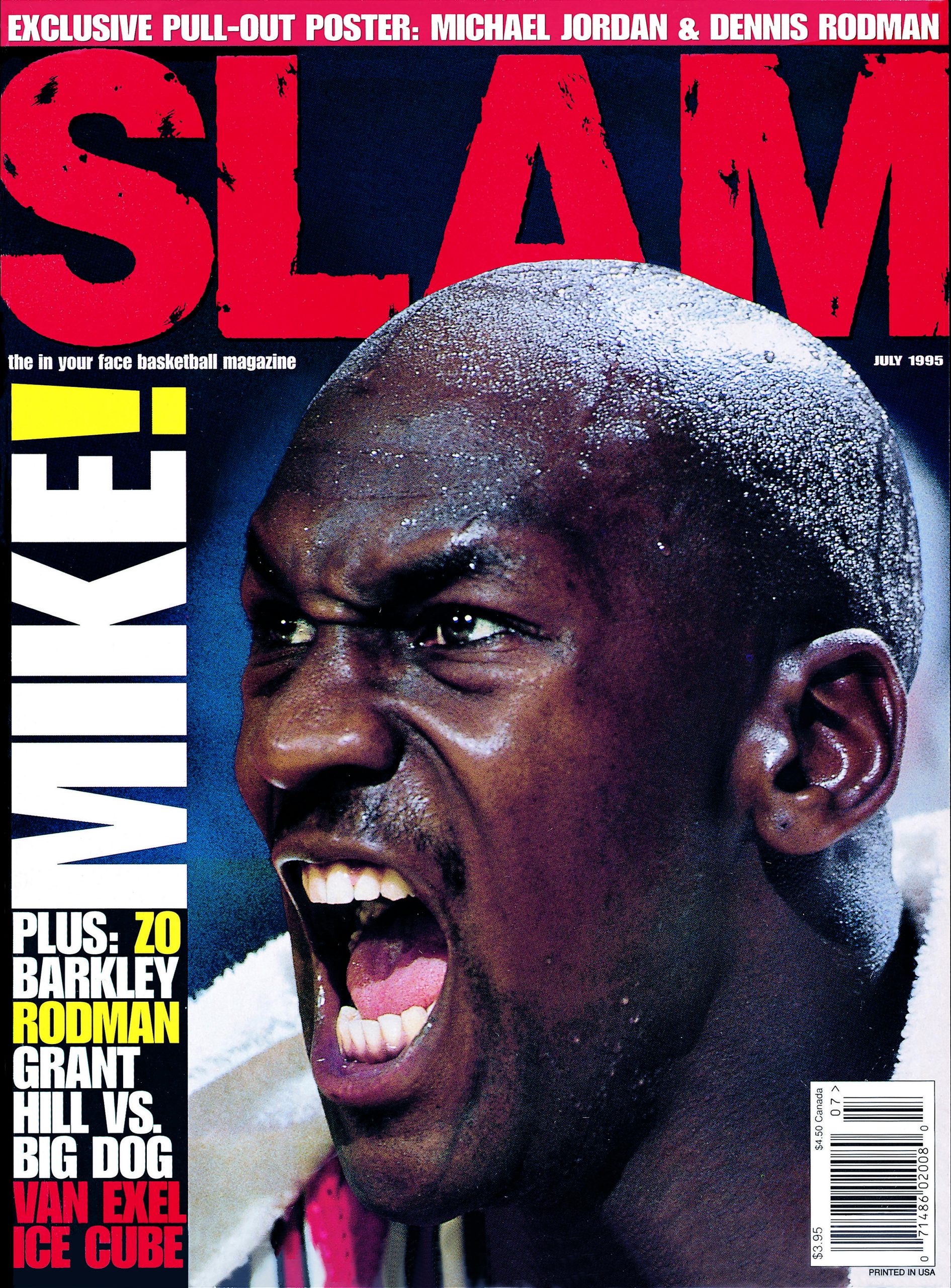
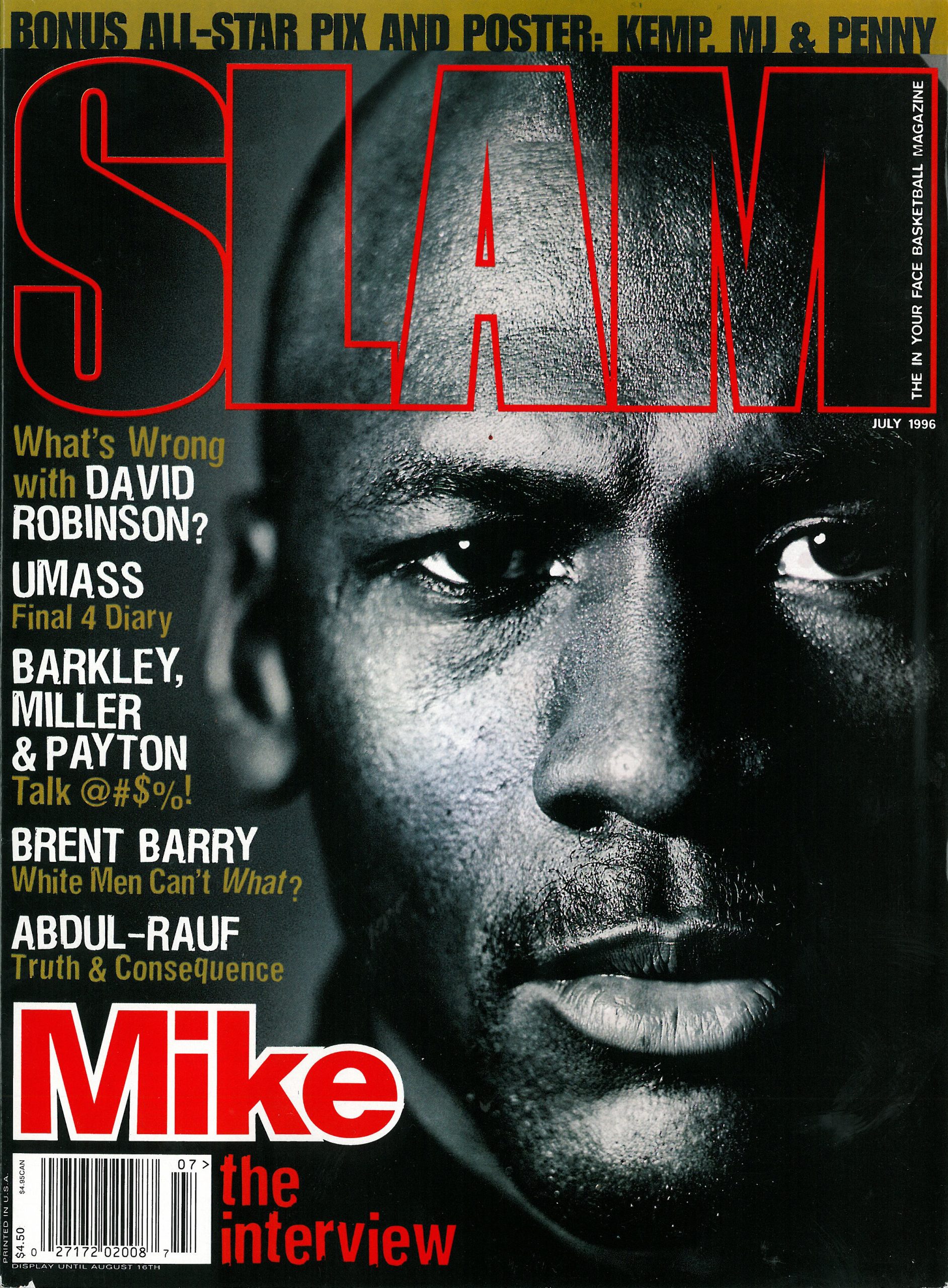
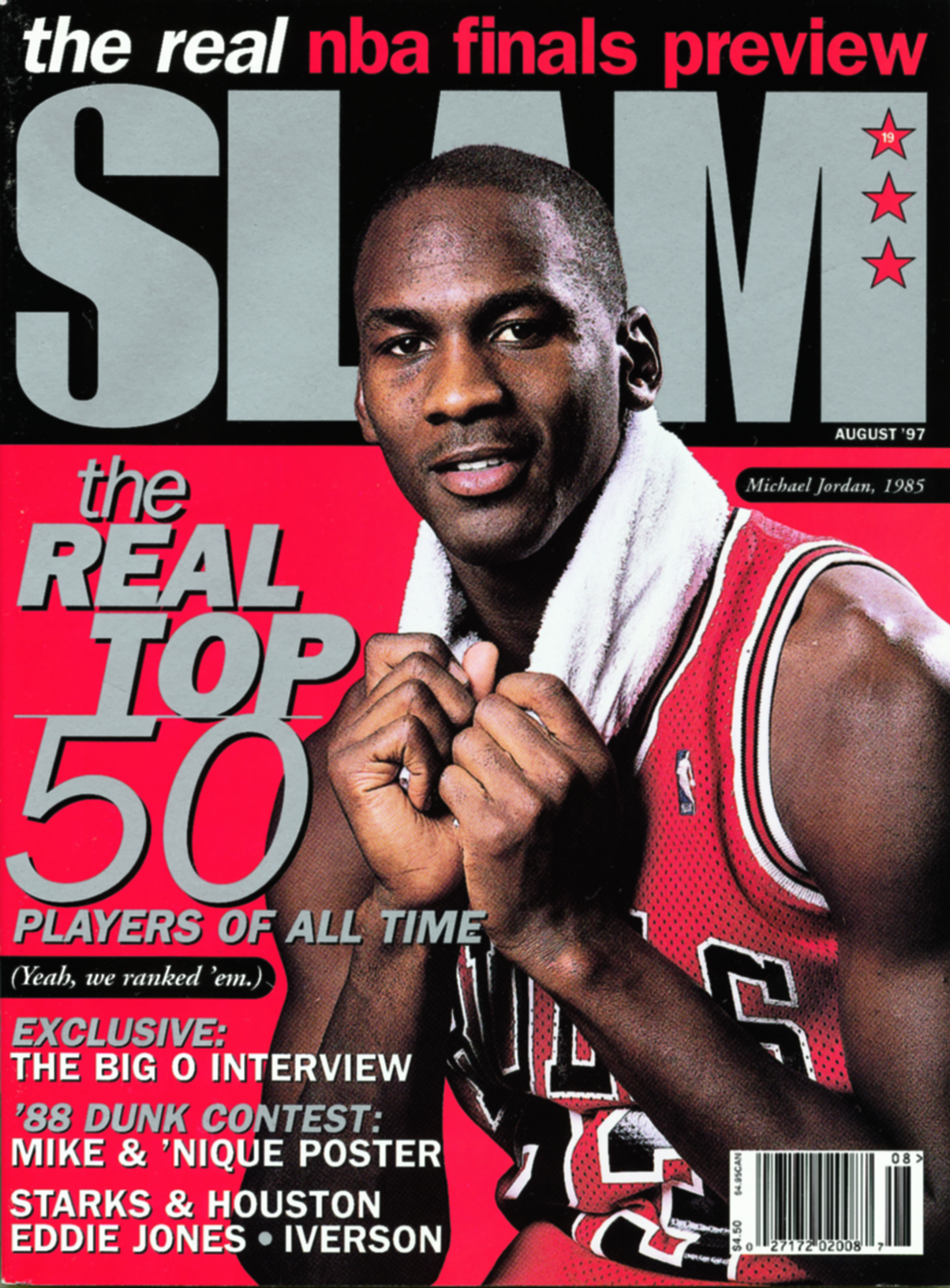
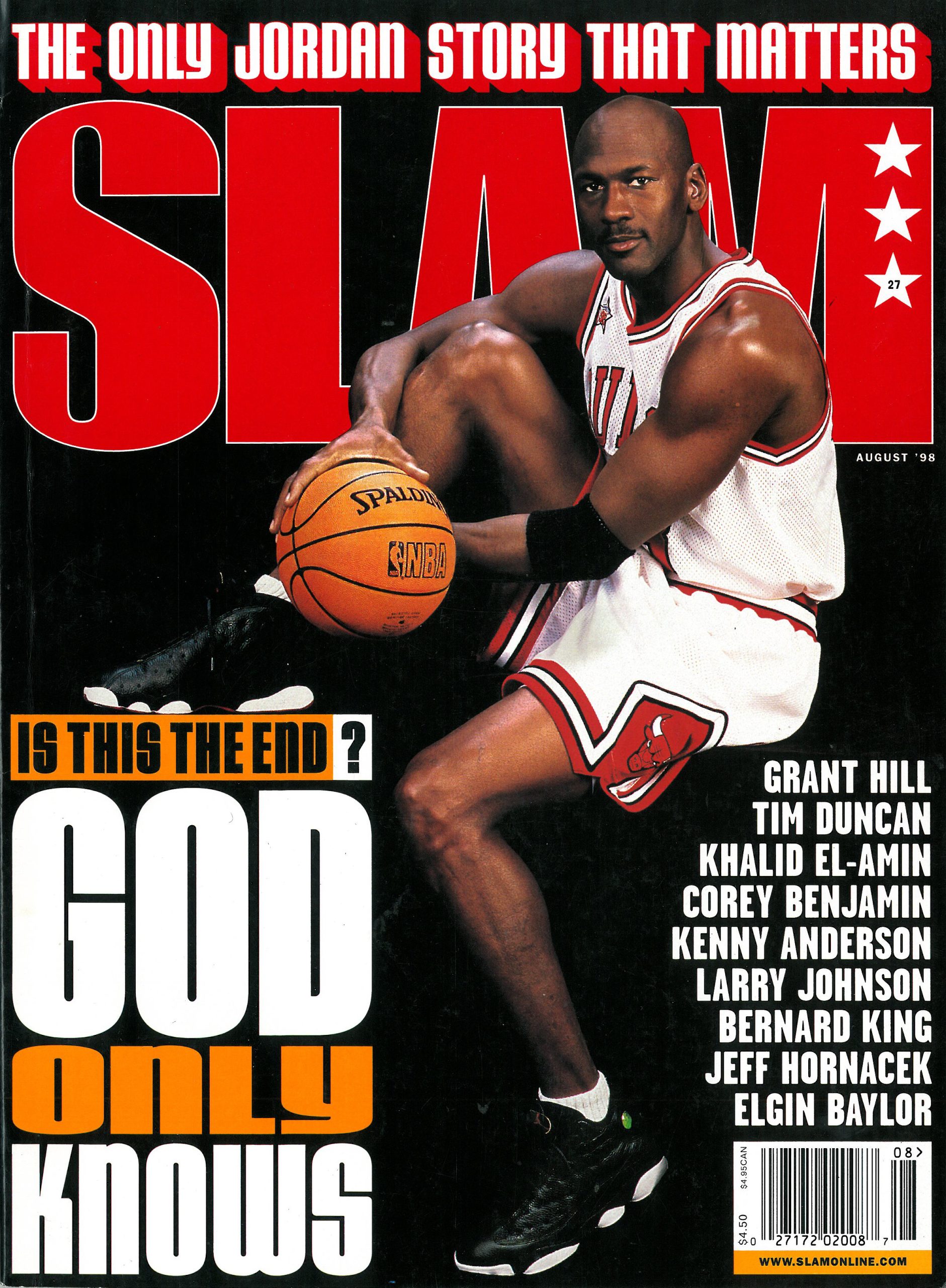
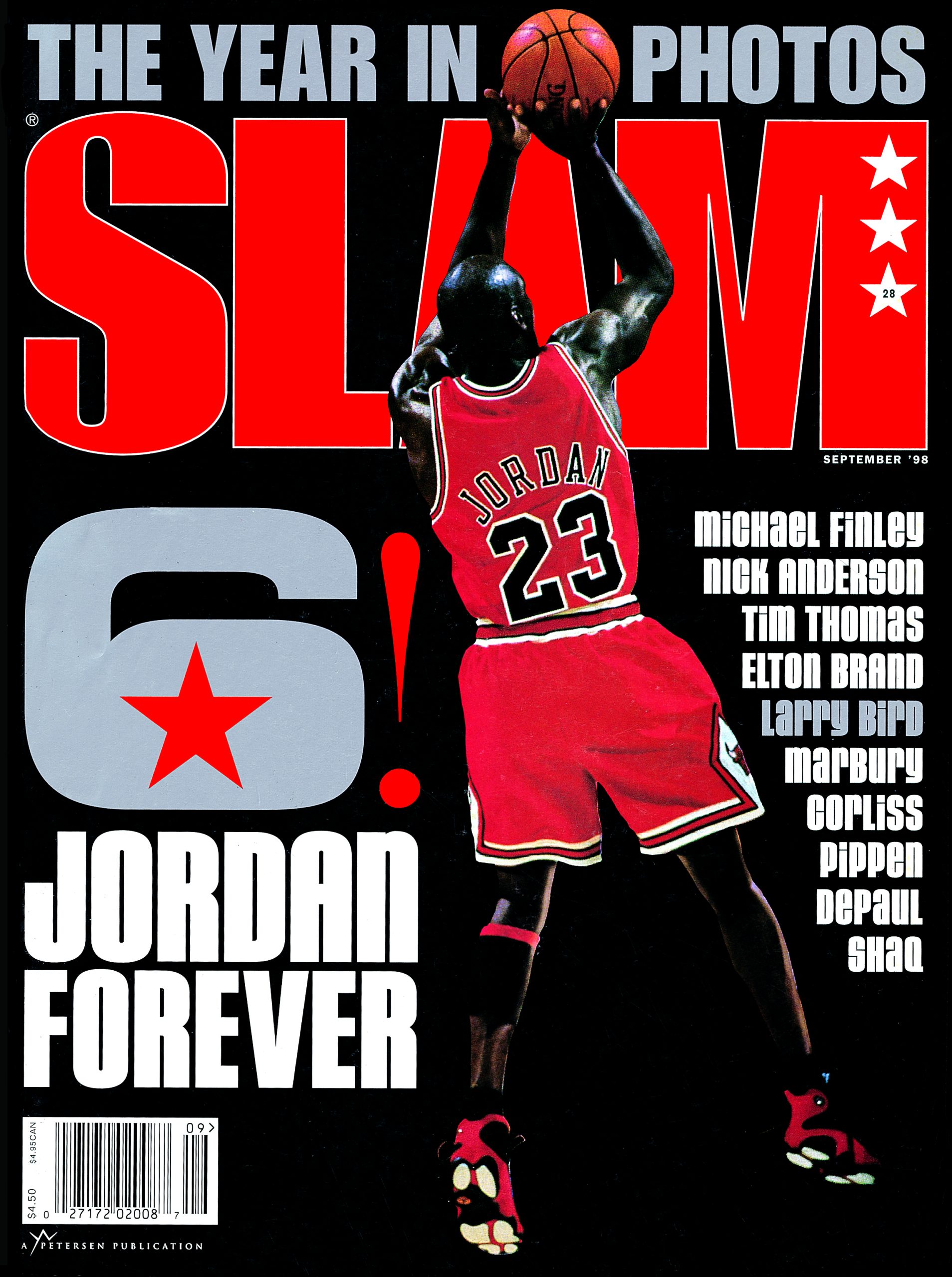
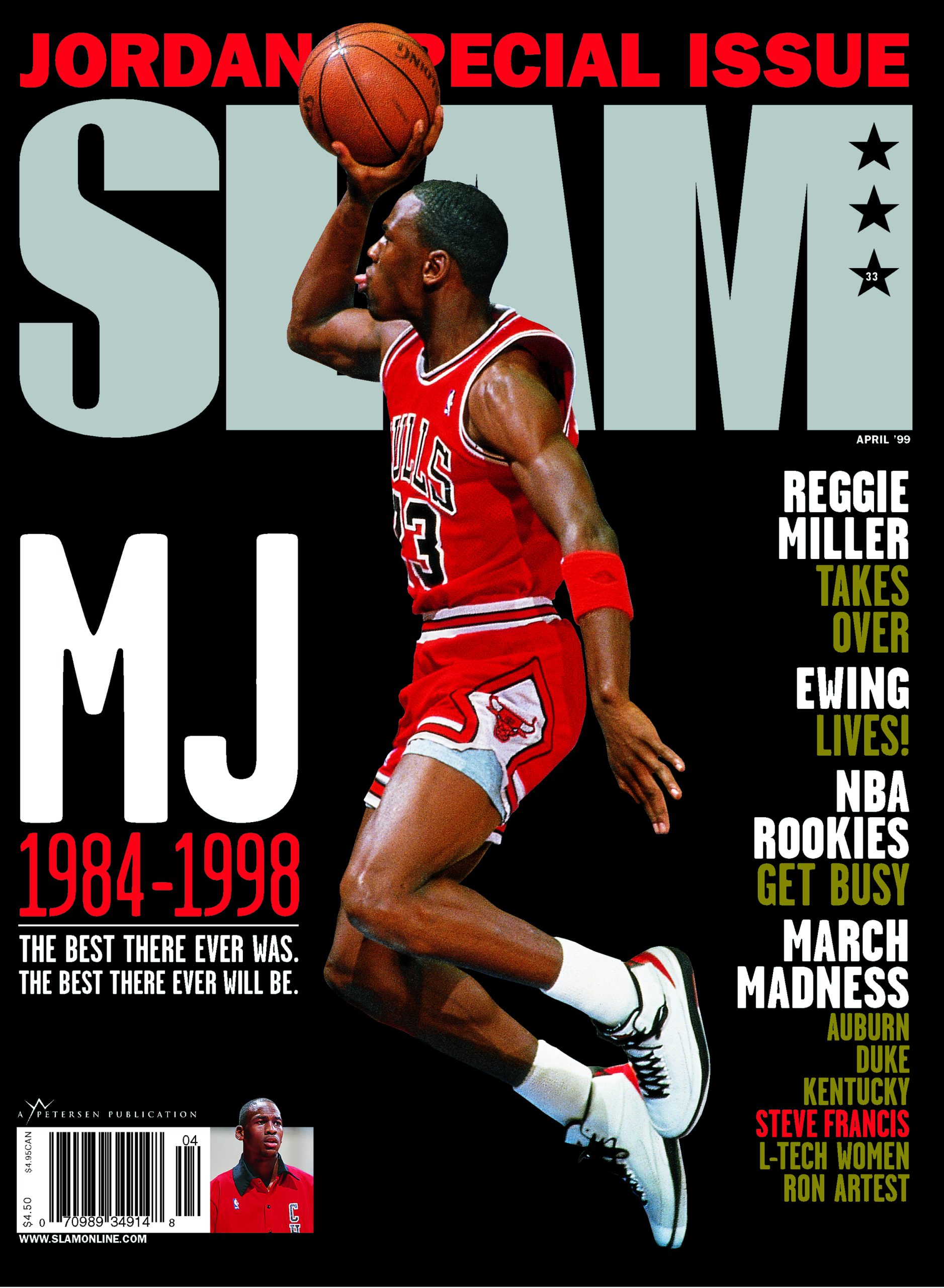
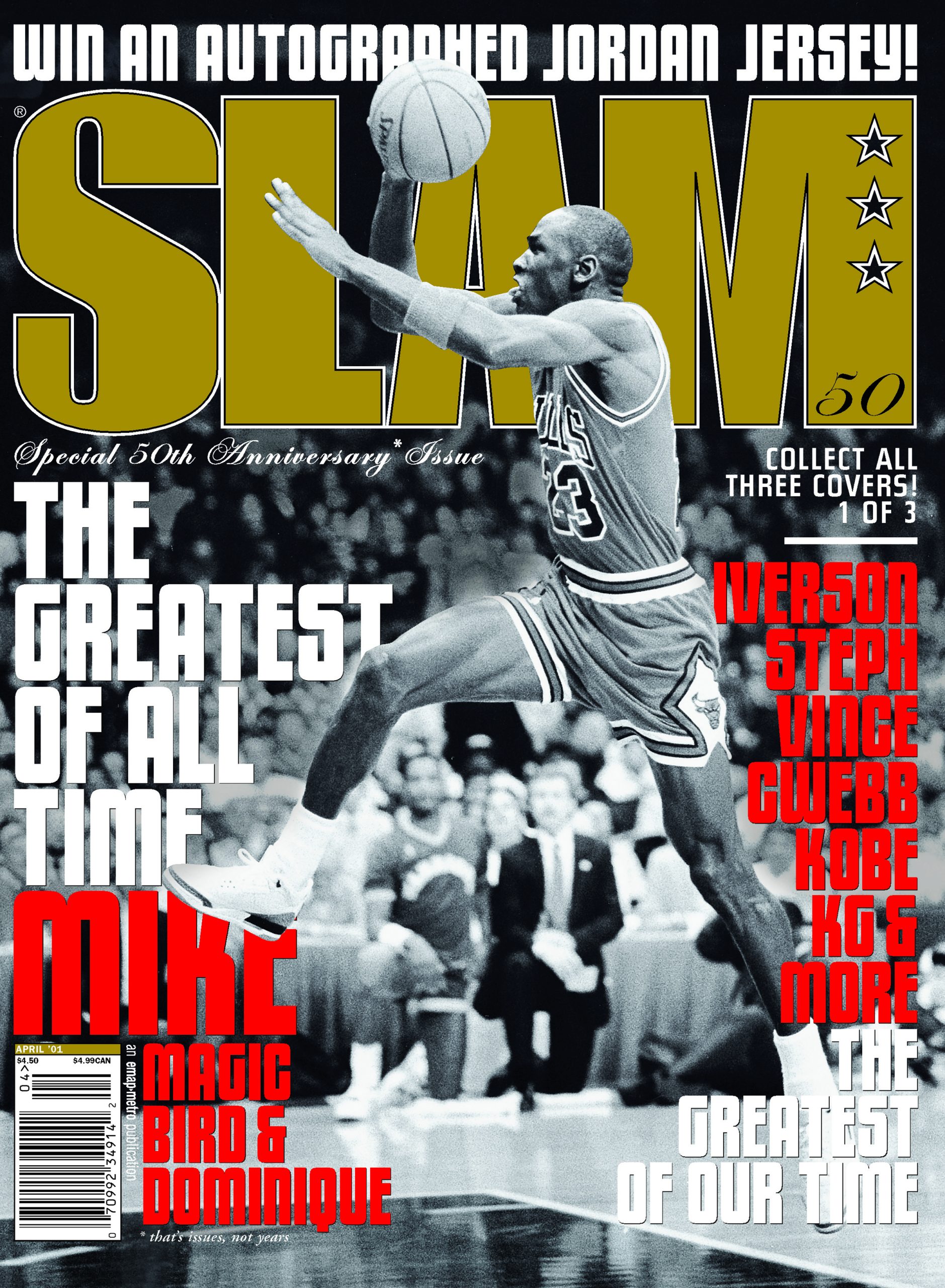
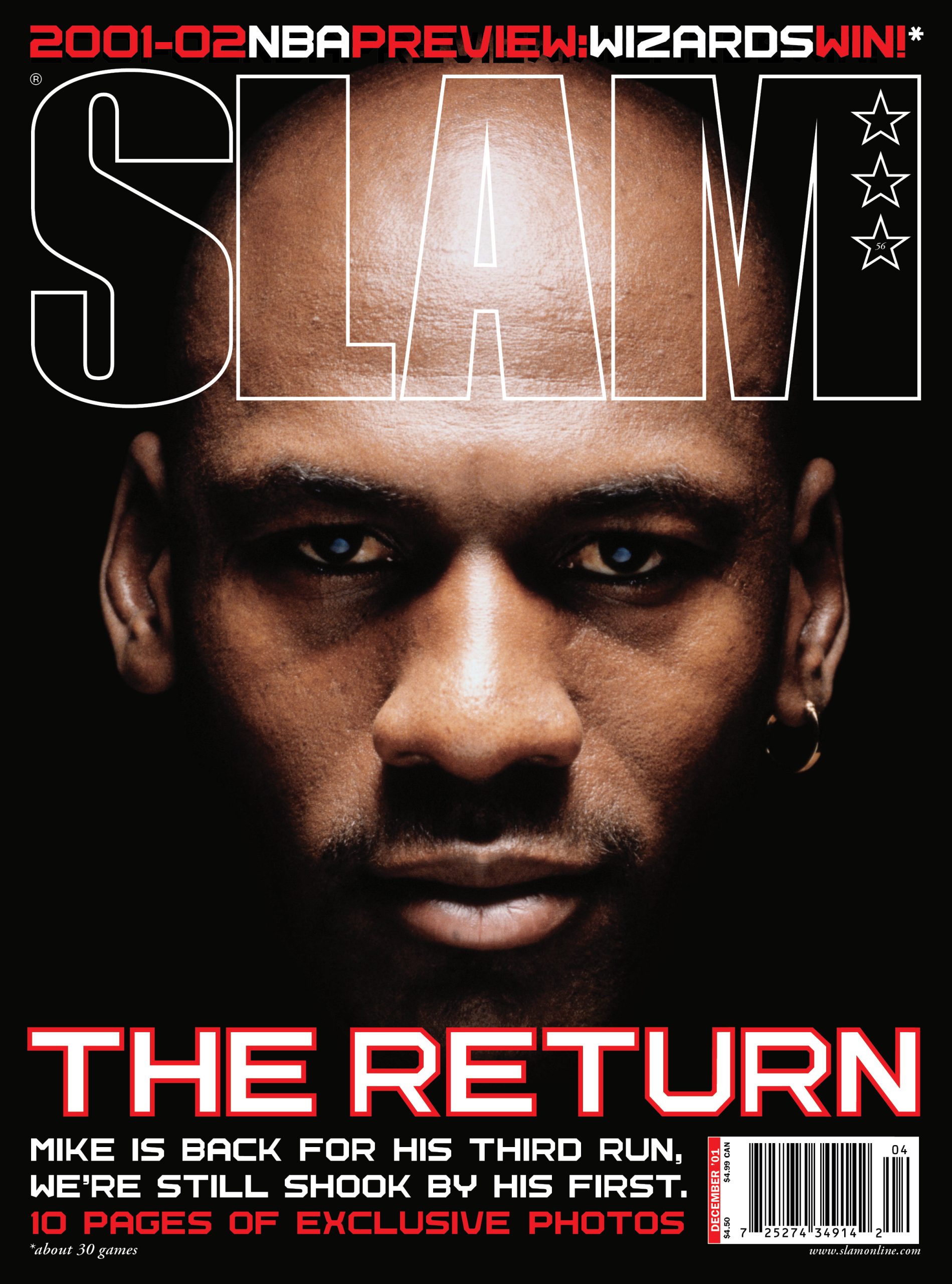
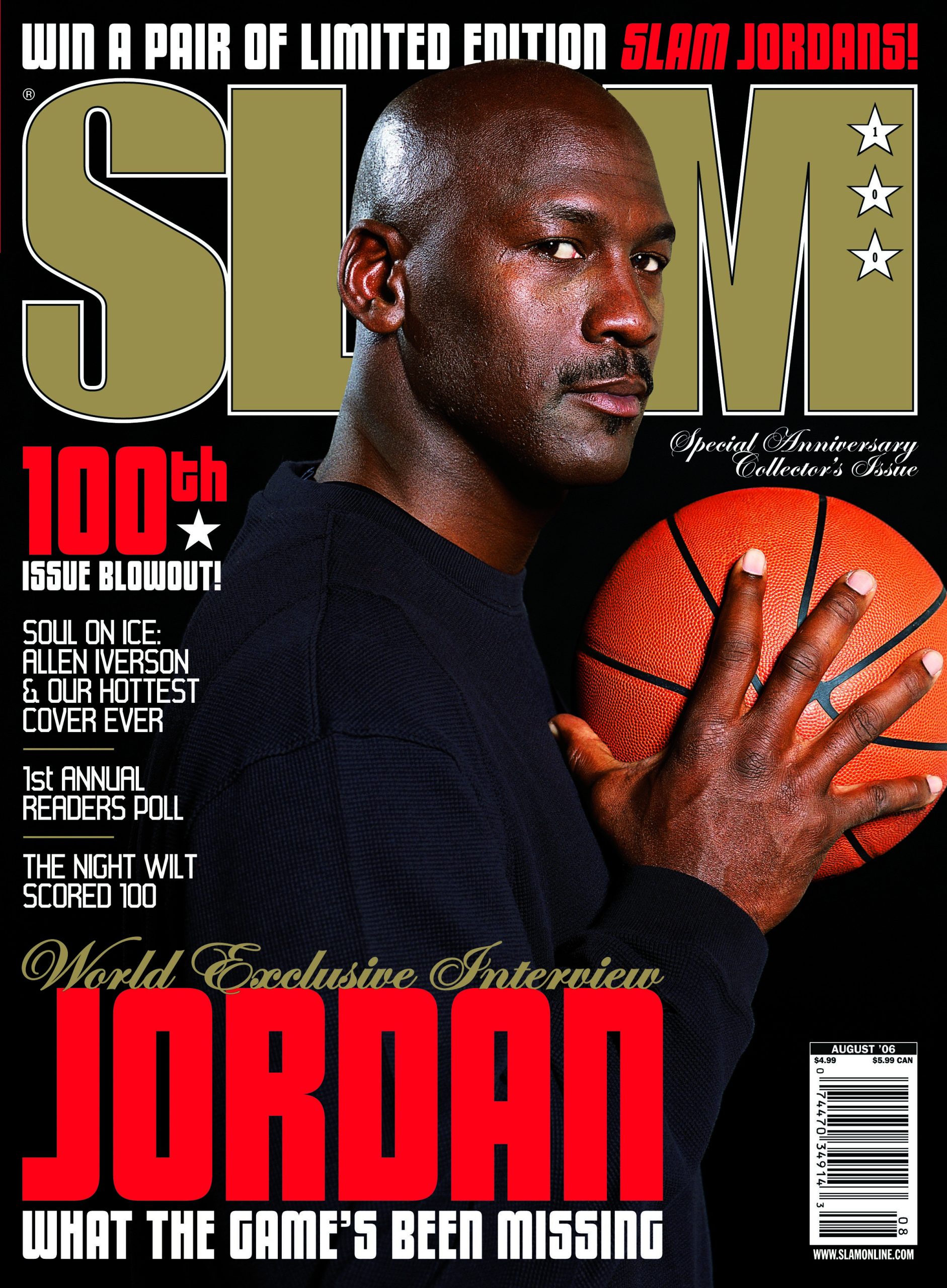

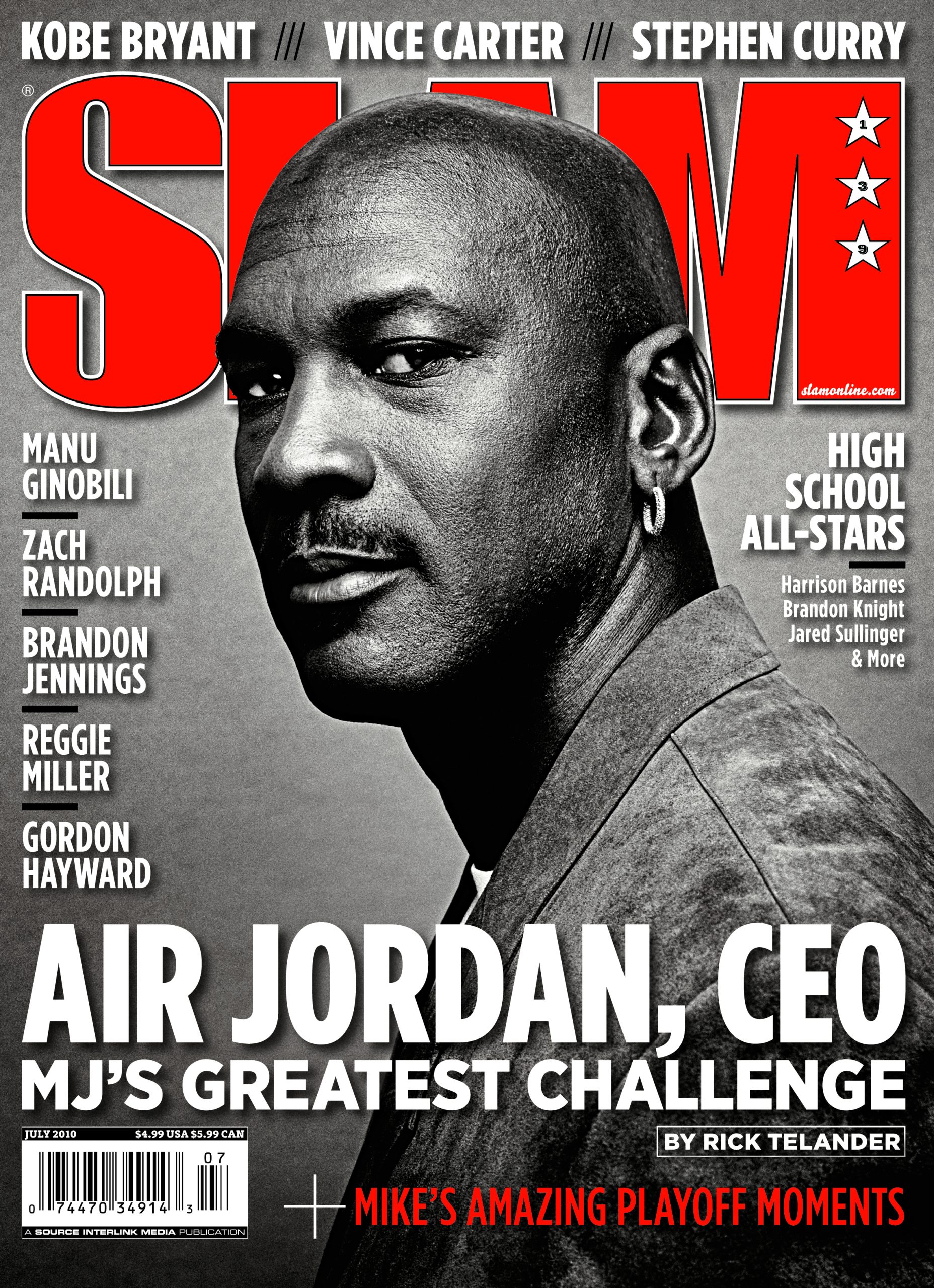
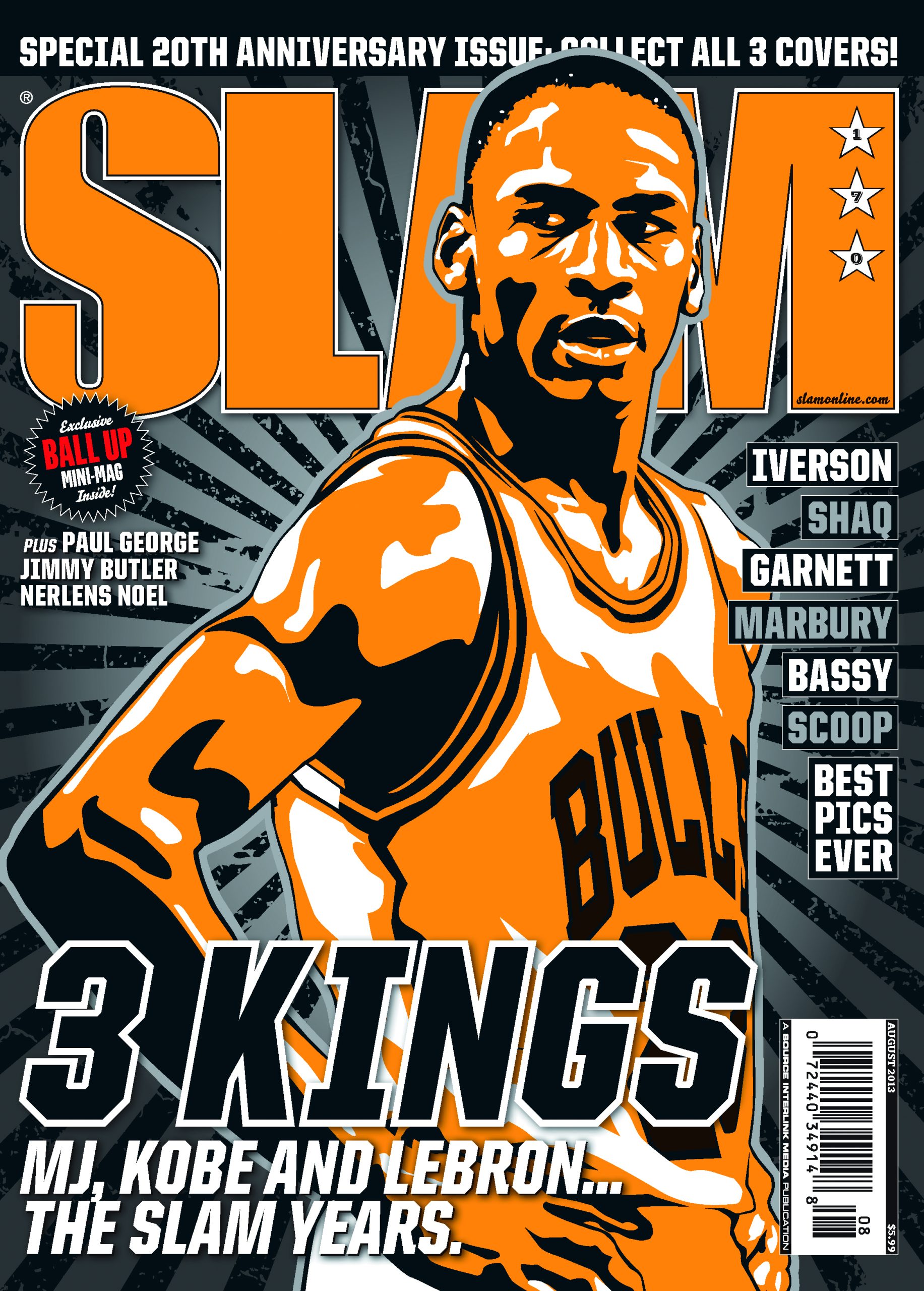
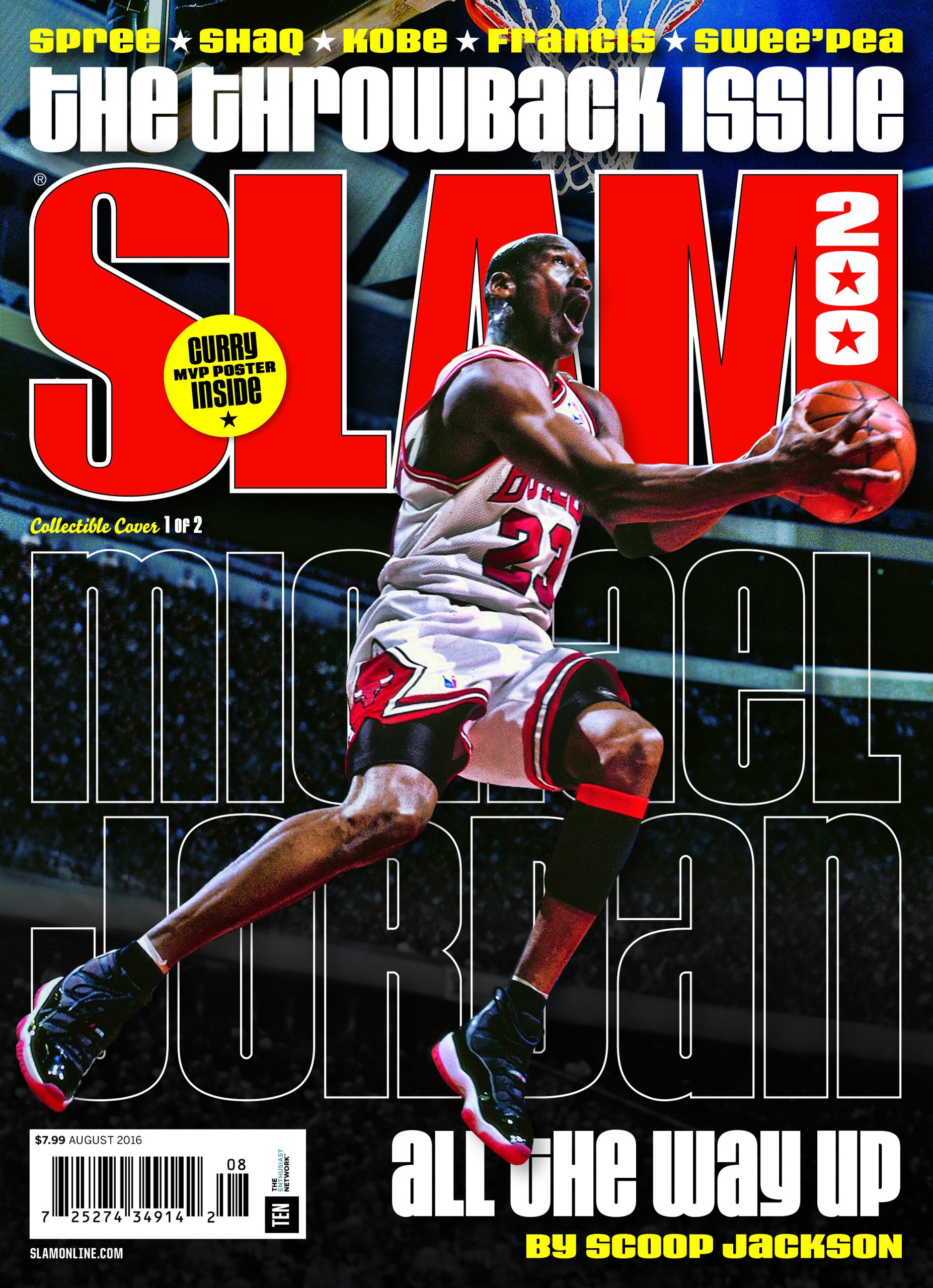
Thirteen* million stories. What you learn from writing about Jordan for 30 years is that he is the most difficult person (outside of probably Nelson Mandela and Kanye West, for two totally different reasons) to write about. He always blessed us with access, even when he would close himself off from the rest of the media (sans Ahmad, without doubt). Just enough time to build, have and sustain a relationship with him. He never B. Russ’d us, never pushed us off or away. Always made sure we were a part of his congregation.
Somehow Judy Blume knew what to say for Margaret. Had he even been this Jordan at that time, she couldn’ta spoken for Mike. In all honesty, none of us could. But that’s what we attempted to do at SLAM: Speak for Mike while speaking about him. Speak in a way that removed the corporate aura and colorblind force field he’d built to gain acceptance and move forth as no other athlete had in America. His play wasn’t enough, the endorsements weren’t either. Neither were the shoes, the style, the personality, the magnetism. “Be Like Mike” had limits and was for them. “Mike is ours,” was for us.
And every time he appeared or his name was mentioned in these pages, that sense of belonging to the culture—of basketball and Blackness, of SLAM instead of Sports Illustrated—that was what we tried to preach. Our sermons not only told his story, but spread the word of our own. Of how he represented everything we were trying to do and everything we strived to stand on. Still, because all Gods work in enigmatic and sublimely impervious ways, never really coming close to capturing who Michael Jordan was.
Just the way He wanted it.
Photo via Getty Images. Portrait by Atiba Jefferson.






